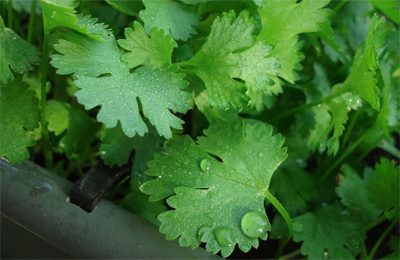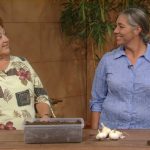Why do oak trees drop leaves in summer?
Thanks to Amy Winn for this great question! Her oak trees are dropping leaves in summer, when they normally do it in spring.
Most likely this is heat and drought stress. When plants get stressed, they take measures to survive that stress. And since leaves LOSE water, when it’s hot and dry they lose LOTS of water.
One summer survival tactic that many plants try is to drop their leaves. Without leaves, they can’t photosynthesize and grow, so dropping leaves in summer, when sunlight is plentiful and plant growth can potentially skyrocket, might seem counterintuitive.
But think about how deciduous and perennial plants survive the stress of winter COLD—they drop their leaves and stop growing, hunkering down until the stressful time has passed.
While leaf drop in summer is not ideal, it might actually be a good sign, a sign that your tree is dealing with the stress of 100° days and lack of rainfall in the best way possible: by going dormant and waiting for cooler times, instead of wasting energy fighting a losing battle.
During the crazy-hot summer of 2011, almost every live oak in Austin was completely bare by August. But then in fall, when temperatures cooled and we got a little rain, they put on a few leaves before winter and bounced right back the following spring.
Like all plants, oak trees have stored carbohydrate reserves that they can use as a food source while they’re waiting out stressful times. Leaves are actually pretty replaceable, so as long as the environment improves before too long, with cooler temperatures and some rainfall in this case, plants will usually bounce right back with a flush of new leaves in autumn, before going dormant again in winter.
In the case of live oak, those new autumn leaves will keep on photosynthesizing all winter long, until dropping them in spring, and growing an entirely new set.

 Claire Golden
Claire Golden Dr. William C. Welch
Dr. William C. Welch Daphne Richards
Daphne Richards
 Trisha Shirey
Trisha Shirey Ivy Lara
Ivy Lara